
Ferenc (Öcsi) Seman: facts and figures about the most interesting life moments
2018
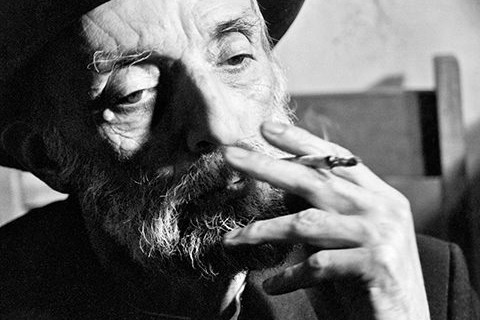
He was not supported by the Soviet government: rebellious nature, relatives abroad, bourgeois paintings. That’s why he wasn’t a member of the Union, he had no opportunity to organize personal exhibitions, nobody “noticed” his creativity. Nevertheless, Ferenc Seman was creating. As a result, he entered the history of the Ukrainian art as a unique painter, master of still life and psychological portrait, bright representative of the underground of the 60s.
The artist’s life was bright and varied. We will try to show it in a non-standard way by figures.
– Ferenc Seman had THREE names. In the Soviet passport, he was recorded as Fedir, he was called Ferenc (he had the Hungarian roots), and in creative circles, the artist was treated as Eichi (Ichy, Echi, Osci). In the Hungarian language, it means “younger”, since Seman was the third child in the family. Thus, he signed his works in such a way – without a surname. Why? Since in the 60s, it was believed that if the surname ends with “-man”, then this is a Jew. And in those days, the representatives of this nation were treated negatively and the chances to achieve something in art were not so good.
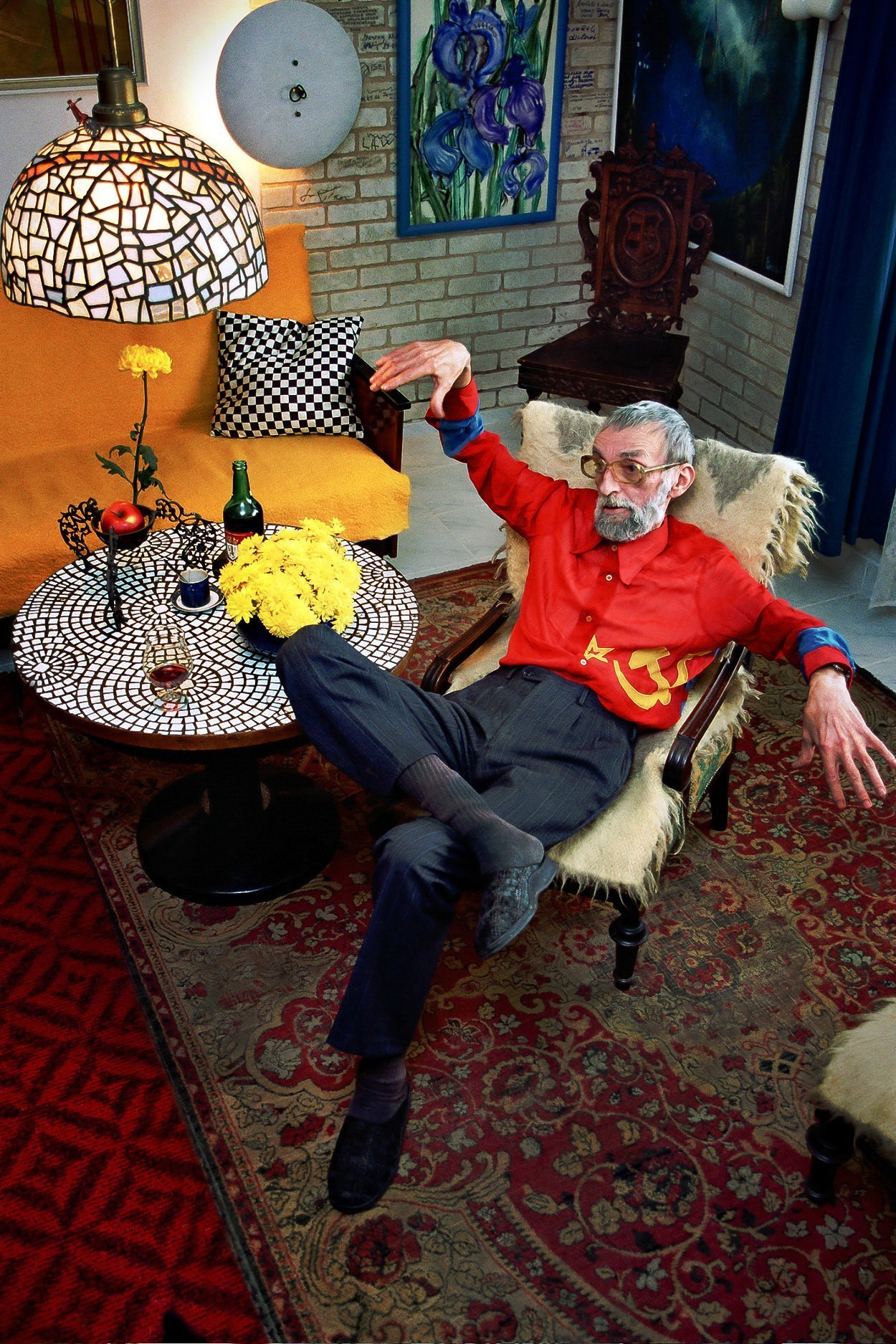
– For FIVE years, Ferenc Seman has been studied at the Uzhhorod State Art-Industrial School (1953 – 1958) with such outstanding artists as Fedir Manailo and Anton Shepa. He also took lessons at Adalbert Erdeli – upon the request of Ferens's father who met the coryphaeus in France. A young artist learned manners, behaviour, and attitude to art from the master.
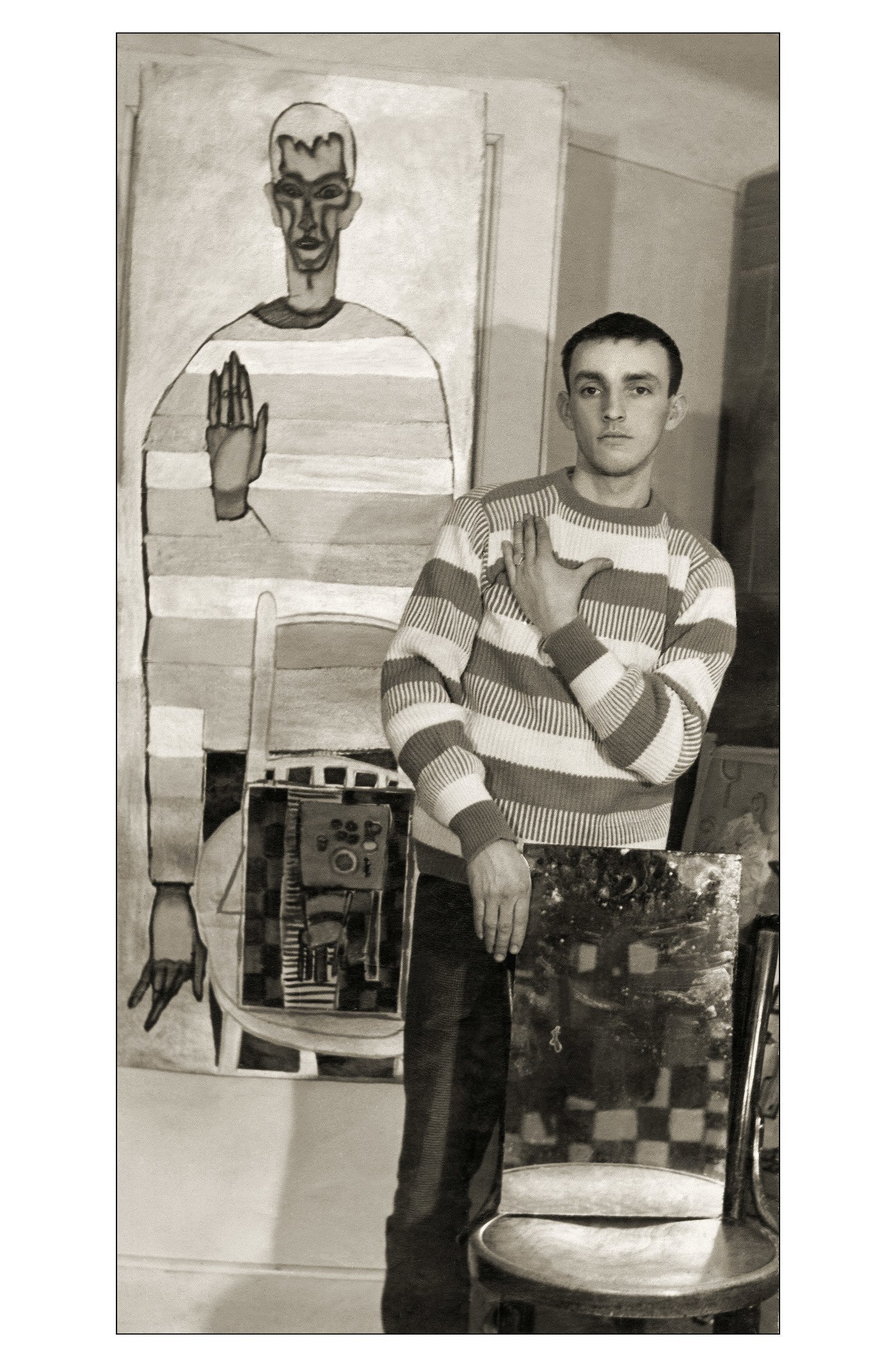
– Ferenc Seman was friends with the outstanding filmmaker Serhii Paradzhanov for TWENTY-FIVE years. They met accidentally. Once Serhii who came to Transcarpathia to shoot “Shadows of Forgotten Ancestors” was walking around Uzhhorod on Horkyi Street (the present Hrendzhi-Donskoho square). Occasionally, he looked at the window of one of the houses (the curtains were opened) and saw the beautiful paintings and vintage furniture. It was Seman’s apartment. At that very moment, his mother showed the paintings to the guests. Paradzhanov entered the house and declared that he wanted to get acquainted with the author of the works. And he was waiting for Ferenc there for two hours. It was the way they got acquainted and then they were friends until their death.
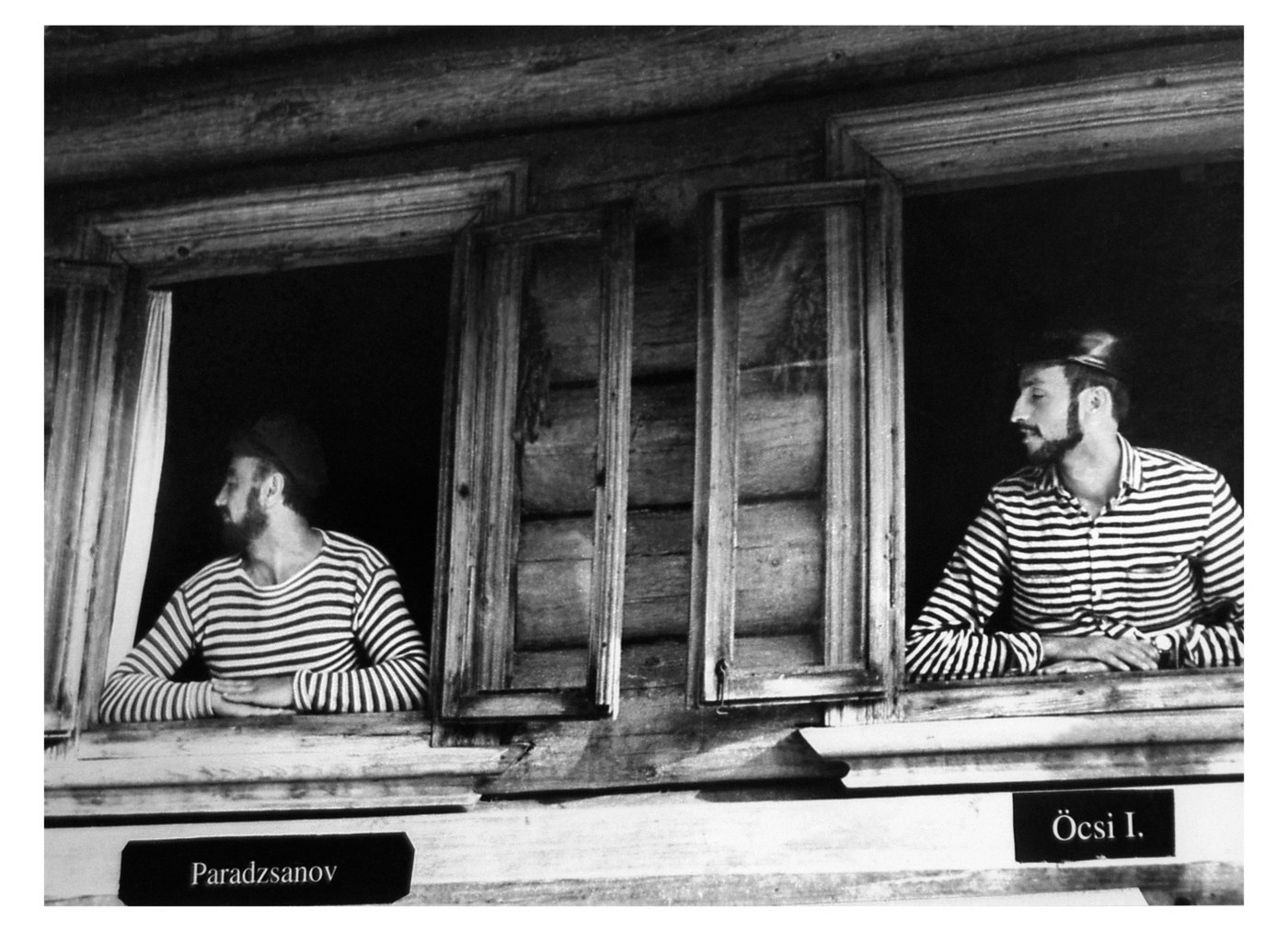
– In the stormy 1956, when the Revolution broke out in Budapest, Seman's brother and sister fled to Hungary and then to the United States. Later, Ferenc’s cousins went to Austria. This greatly complicated the artist's further creative destiny – because of his relatives abroad, he was considered “undesirable” and had no chance to enter artistic higher educational institutions and Union of Artists.
– In 1958, Seman's father wrote a personal letter to the then secretary of the Central Committee of the CPSU Mykyta Khrushchov. Thanks to this, a young artist successfully passed exams at the Academy of Arts in Tallinn. But because of his relatives abroad, he was not enrolled in the university. Instead, they proposed him to be a free attendee, that is, he could attend the lectures, but would not receive a diploma. Nevertheless, this university gave a good training to the artist in the technique of graphics.
– The first personal exhibition of Ferenc Seman lasted for only TWO days. It was opened on 27 March 1968 at the Transcarpathian Union of Writers. On the third day, it was promptly dismantled, despite its great popularity. But the exhibition managed to become a watershed event in the art circles of Transcarpathia.
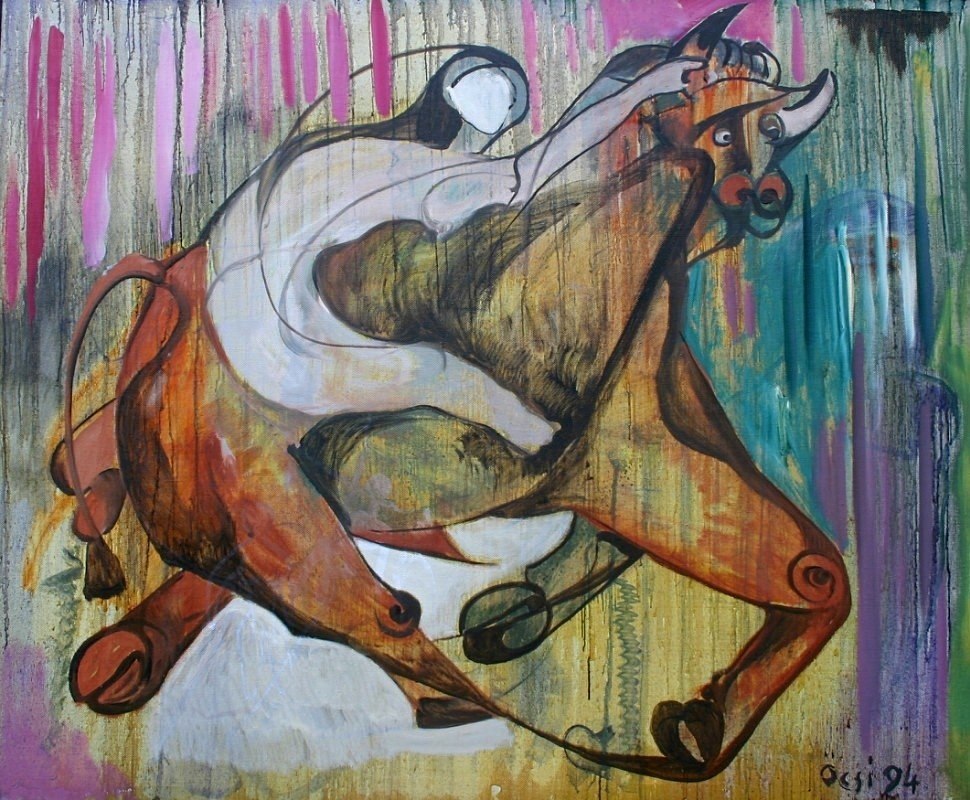
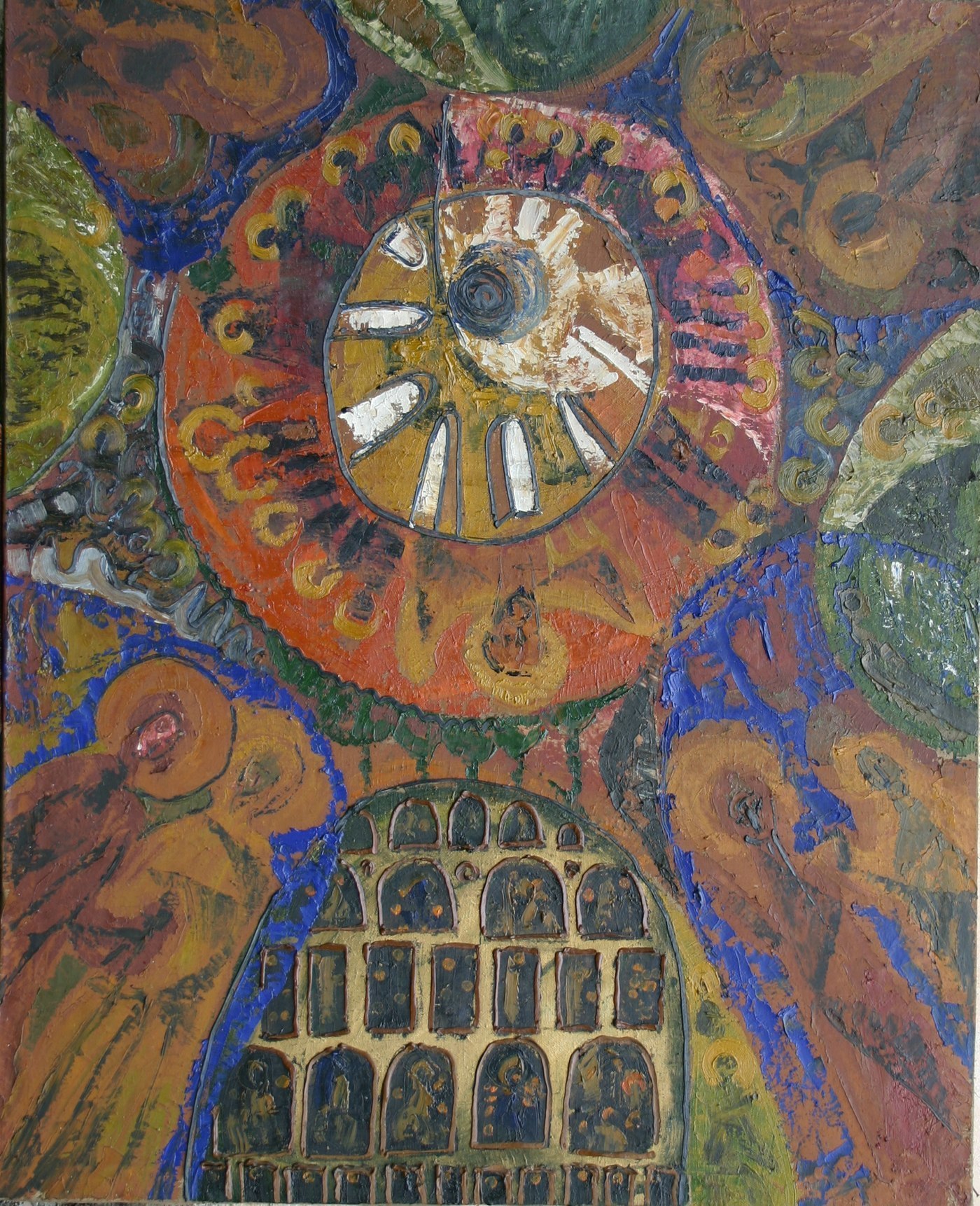
– The next personal exhibition of Ferens in Uzhhorod was allowed to be organized only in TWENTY-TWO years. It was held at the Transcarpathian Art Museum.
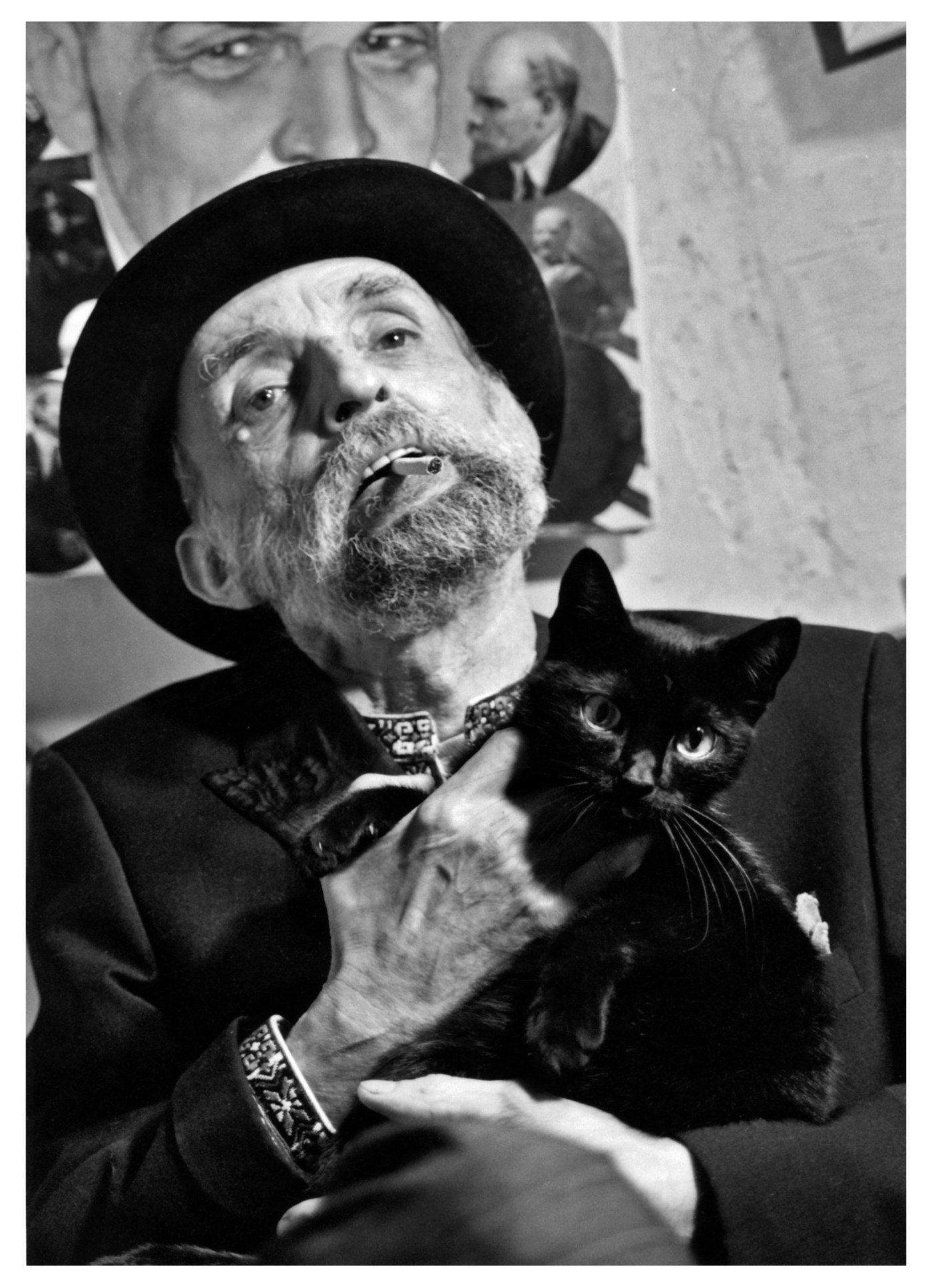
– The artist walked on foot around Transcarpathia TWICE. He took only a piece of lard, paper and a pencil. He went mainly through the mountains, spent the nights in Polonynas.
– Although the paintings of Ferenc Seman were in demand, the artist never lived in wealth. In his employment record book, it was written only NINETEEN years of experience. In particular, the artist took the positions of a street-cleaner (1983), a maintenance worker at the Gypsy school (1992). As a consequence – the first pension of the artist was only EIGHT hryvnias.
– Ferenc Seman was invited to the USA SIX times, even in the days of the Soviet Union. But he did not take this opportunity, he went overseas only as a guest in 1988. The artist was in the USA for a month. They say that he did not like it there. In his letter to one of his friend, he wrote as follows: “Greetings from capitalism, it's boring here without problems”. By the way, Ferenc Seman's son still lives in the USA.
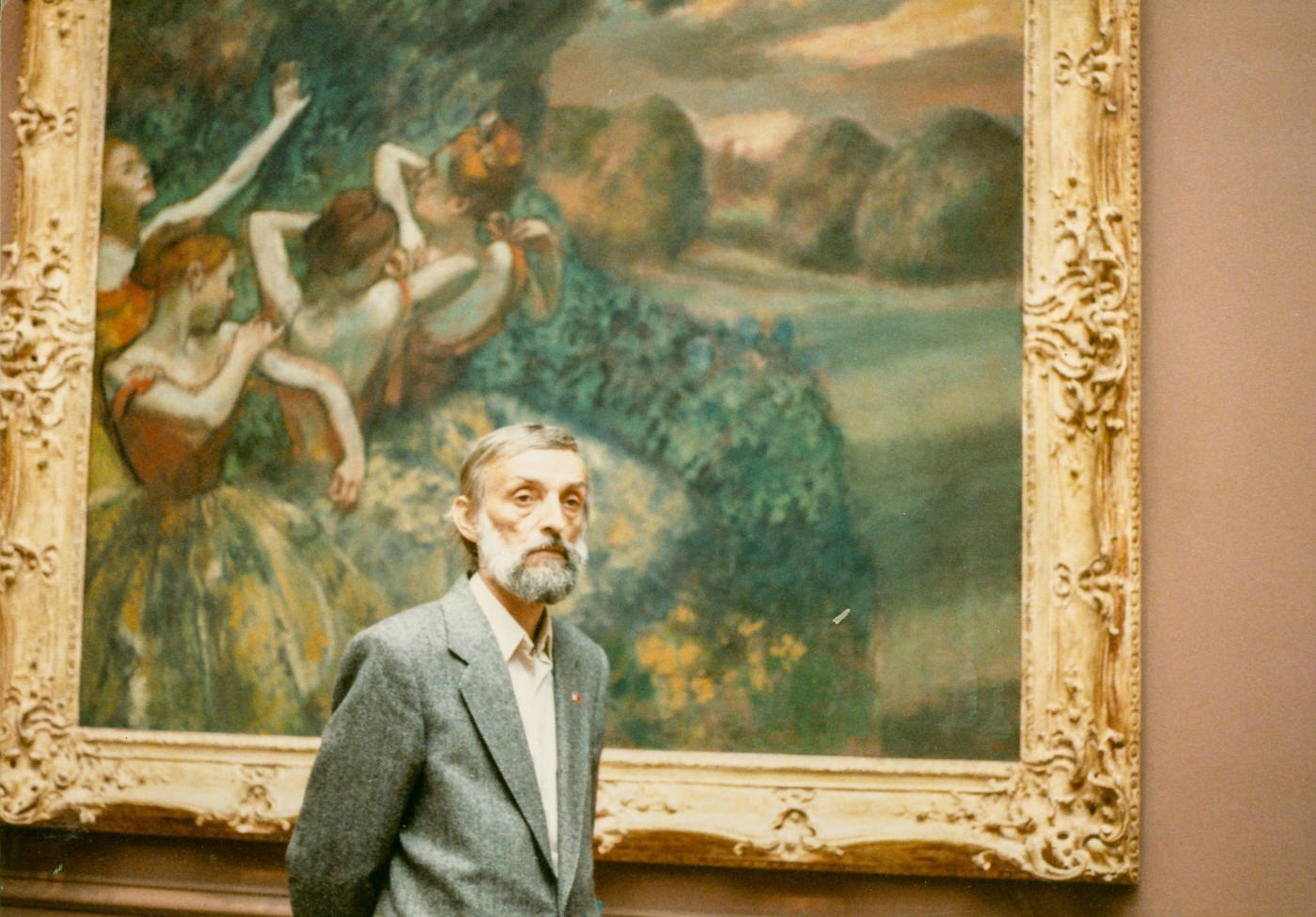
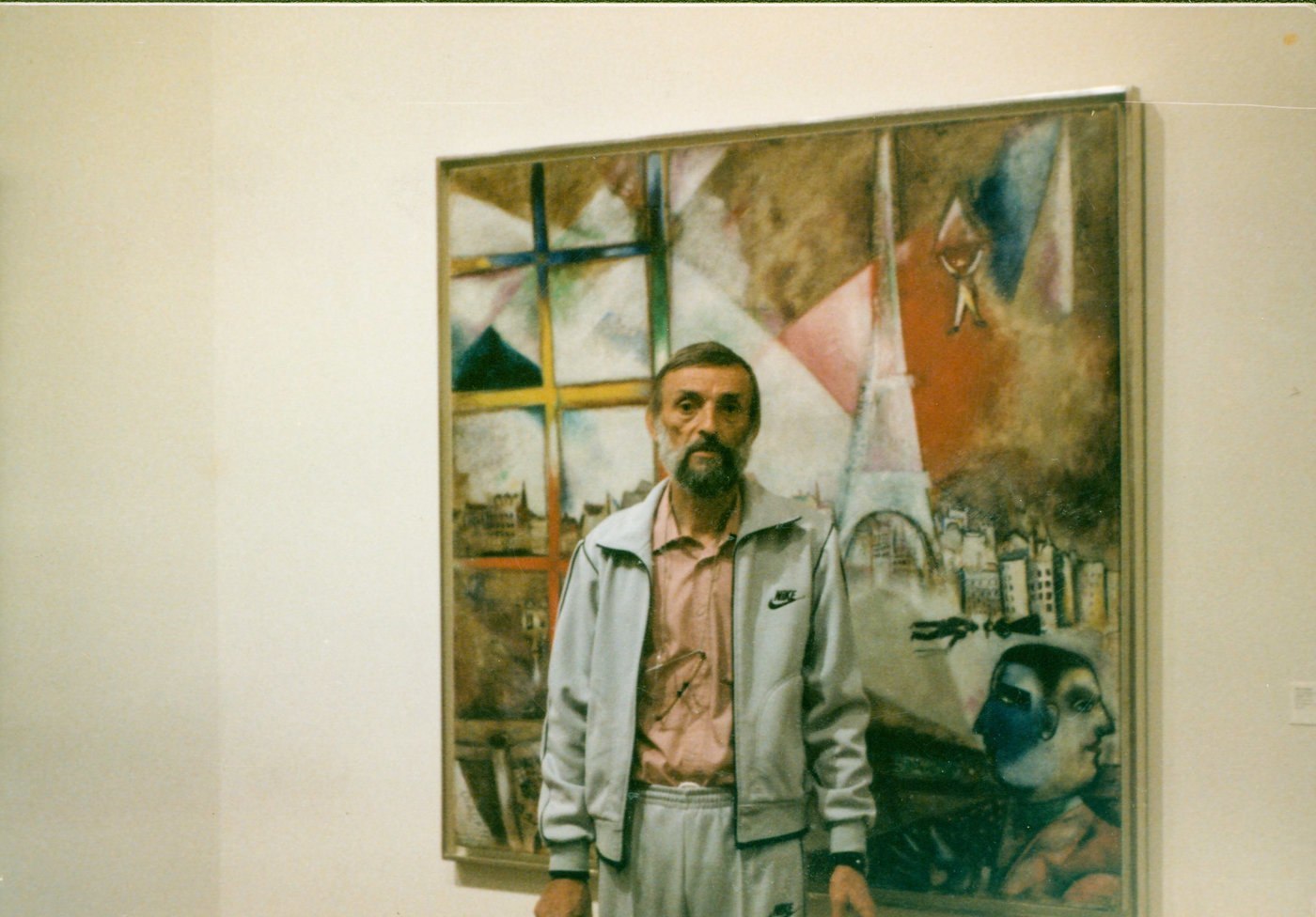
– For FOURTEEN hours Seman stood in line to the Pushkin Museum in Moscow to see the famous “Mona Lisa”. It was in 1974. The artist, despite his modest profits, constantly saved money for trips to various exhibitions. Thus, he travelled to Moscow more than ONE HUNDRED times. He also visited St. Petersburg, Riga, Tbilisi, and Yerevan.
– Among Seman’s masterpieces, there are more than TWO HUNDRED self-portraits. Ferenc liked to portray himself. Thus, the artist created the self-portraits “with a flower”, “in a Hungarian suit”, “Hutsul”, “with empty eyes”, “with a chamber pot”, “in the form of the Egyptian mummy”, “naked”, “with a dog”, “with a black lamb”, “in the coffin” and many others. During the Soviet Union, self-portraits were considered a bad form.
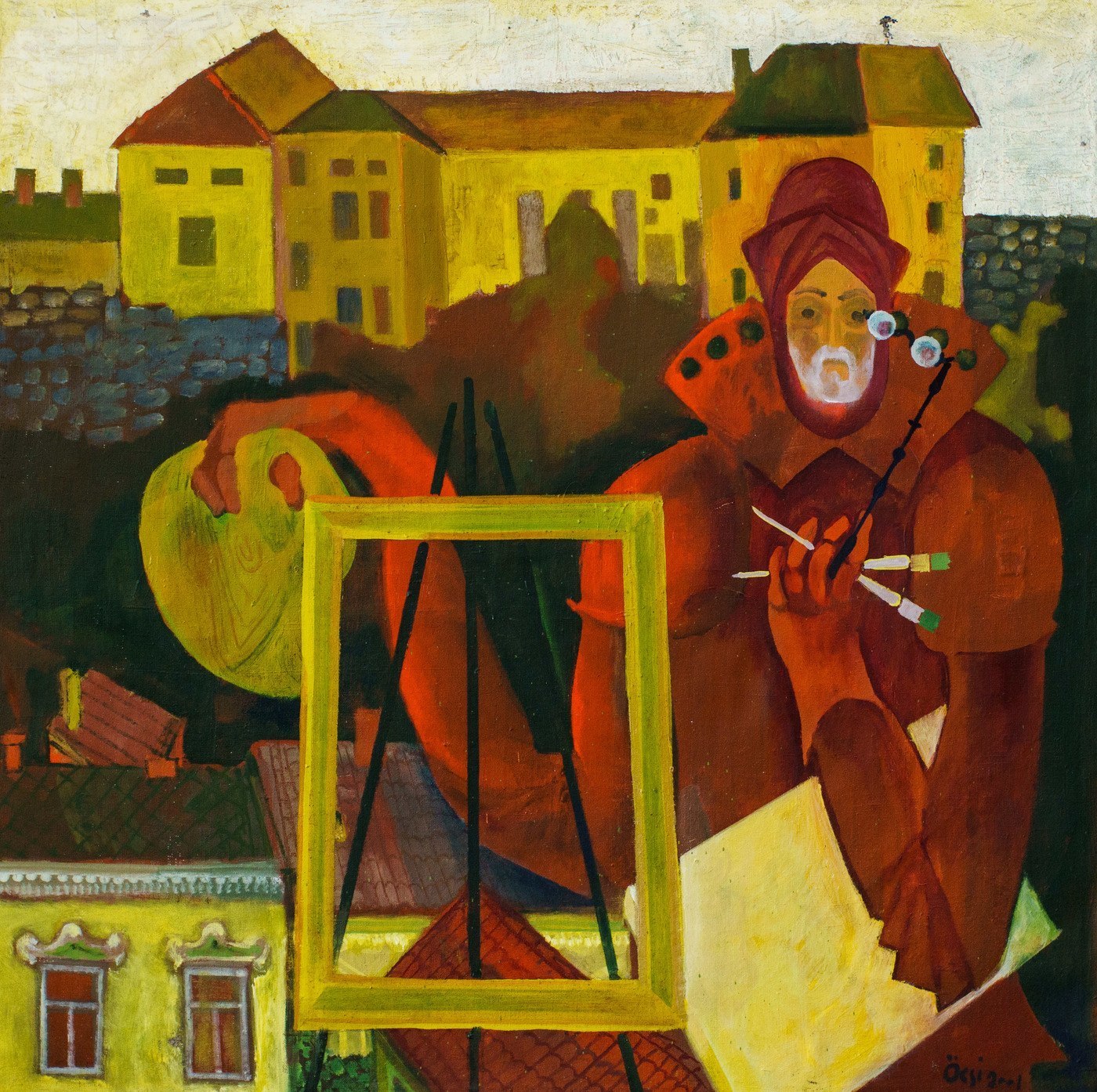
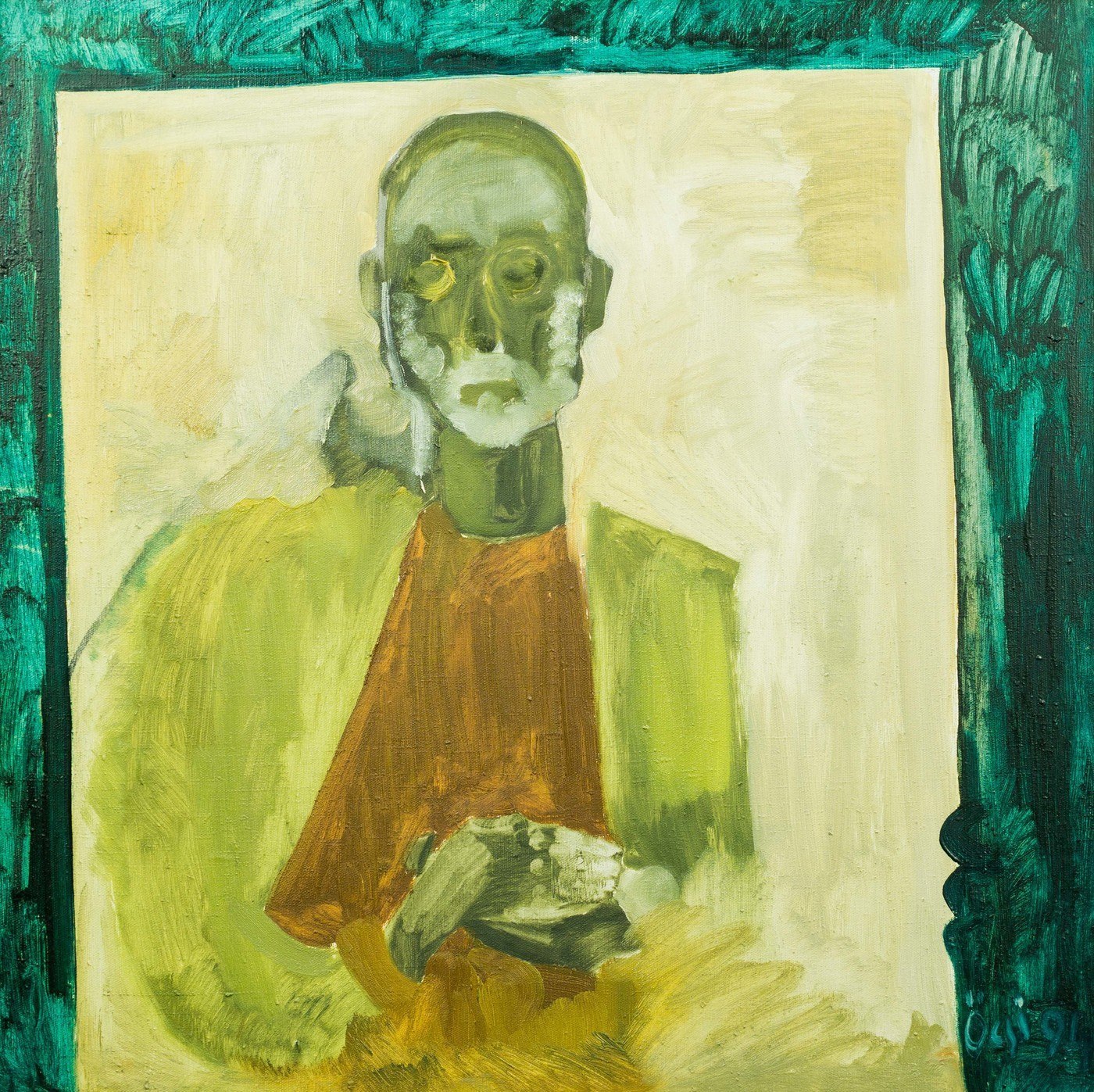
– In the days of the USSR, the works of Ferenc Seman cost from TWENTY to FIFTY rubles. These are the very prices that the artist’s canvases were bought for by his first collector. In 1992, a gallery owner from Munich Siegfried Weinzirl bought Öcsi’s paintings almost "by the weight". Today he has more than 60 works of Seman. In general, Seman’s works are kept in private collections in Ukraine, Russia, Estonia, Armenia, Slovakia, the Czech Republic, Hungary, Germany, Israel, the USA and Canada.
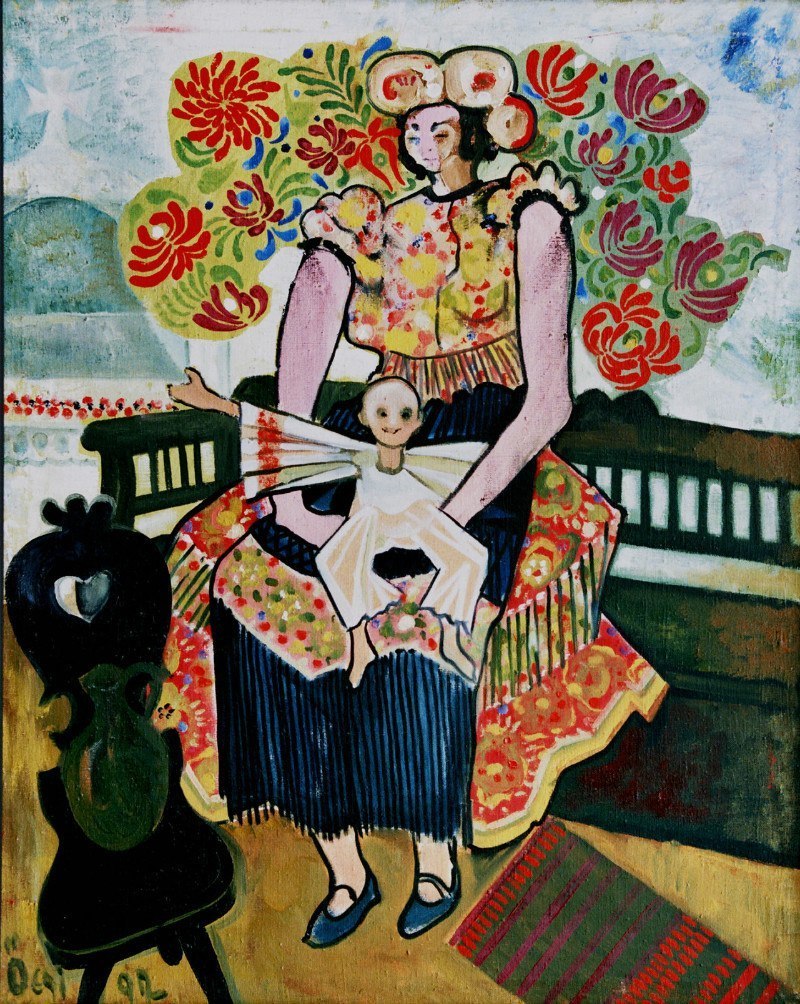
– SEVEN or EIGHT cups of coffee and two PACKS of uncorked cigarettes were a usual thing for the artist in the Soviet times.
– All Seman's works created in ONE copy. The artist did not make authored copies and did not accept such an approach to art at all.
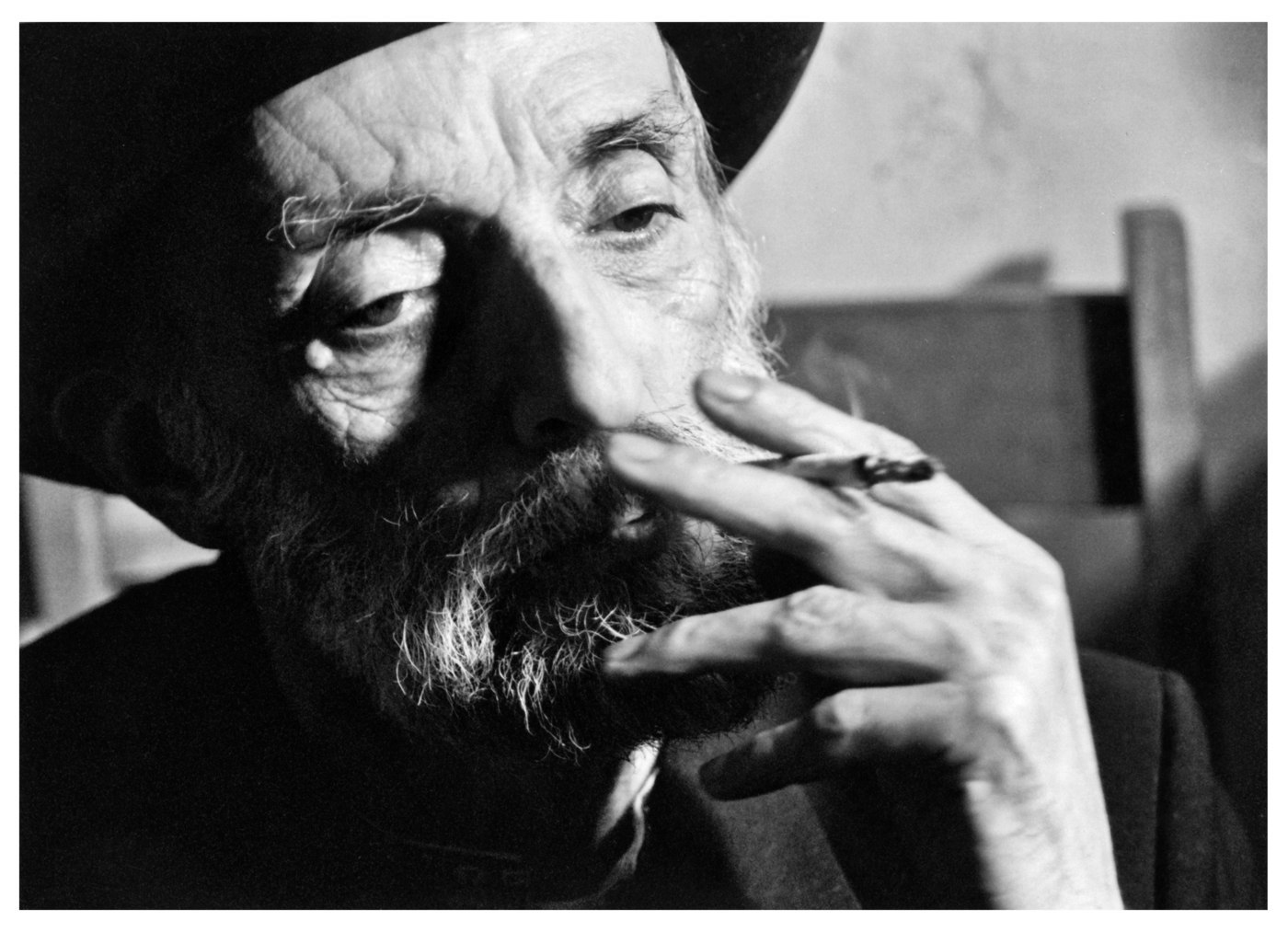
Ferenc Seman received due recognition only in the times of independence of Ukraine and after the fall of the Iron Curtain. In 1991, he became the laureate of the International Prize named after Simon Hollósy. Ferenc Seman died and was buried in his native Uzhhorod in 2004.
Text: Denys Fazekash
Photo: from the open sources and private photo archives of Y. Nebesnyk
© Art & Culture Foundation Brovdi Art
